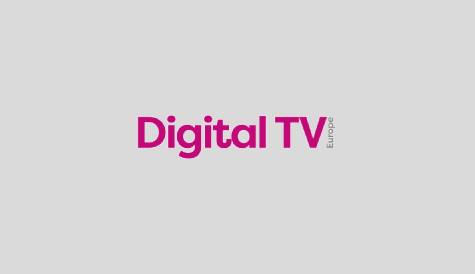Connected TV presents challenges and opportunities, say cable marketers
The growing popularity of connected TV presents a number of challenges and opportunities to cable operators, CTAM Europe EuroSummit attendees heard this morning.
Reducing complexity while providing a next-generation user experience to existing cable customers was the goal set by UK cable operator Virgin Media when delivering its TiVo advanced set-top box, according to Aleks Habdank, director of digital entertainment products, Virgin Media, opening a panel session on Connected TV: Marketing the ‘New Paradigm’ at the summit.
Habdank told EuroSummit attendees that Virgin Media had sought to deliver “simplicity in a connected TV world” with the new service. He said that for the consumer, over-the-top services were confusing and complex. It was not clear how to navigate services or configure equipment, and it was not clear who to call when things went wrong, he said.
Jorge Filipe Graça, executive board member at Portuguese cable pay TV operator Zon TV, said that connectivity would be all-encompassing. He said that connected services would require a network, which cable operators including Zon could provide. “If you have the best network you can deliver the best service,” he said.
Graça said that Zon’s approach was closer to Liberty Global’s Horizon than Virgin Media’s TiVo service. He said that the company was attempting to be device-agnostic and looked at its advanced service as an open platform. “We see ourselves as a content distribution platform,” he said. This meant that Zon had to follow the trends whereby consumers are moving to multiple devices for content consumption, he added.
Jeremy Maddocks, regional director at TV technology company NDS, which provided the middleware for the Horizon project, said that sales of connected TVs and using them to deliver streaming video services was growing. However, connected TV services face a number of challenges, he said. “If it isn’t measured it doesn’t generate revenue,” he said. If movies are delivered on connected TVs their viewership may not be measured. The solution is a sophisticated audience measurement system, he said. Maddocks said that new service providers also faced a challenge in attracting viewing eyeballs to their services rather than myriad rival services. Third, he said, there was an issue over who managed and supported the software on connected devices. Finally, he said, existing service providers delivering content to connected devices had to protect their brands.
Most catch-up viewing was on the same day as transmission of the programme being watched, said Maddocks. “Connected TV will move firmly towards established brands,” he said, with services delivered either via a server or a gateway set-top box. Vassilis Seferidis, European business development director, Samsung, which is providing the Horizon set-top box for Liberty Global, pointed to the fact that Netflix’s success in the US had largely not been at the expense of existing pay TV providers. Rival services Netflix and Hulu were used in different ways, with the former used to watch movies and the latter much more frequently used to watch TV shows. However, users were no longer treating services uniquely as ‘lean back’ or ‘lean forward’, with a mix of usage patterns emerging, said Seferidis.

